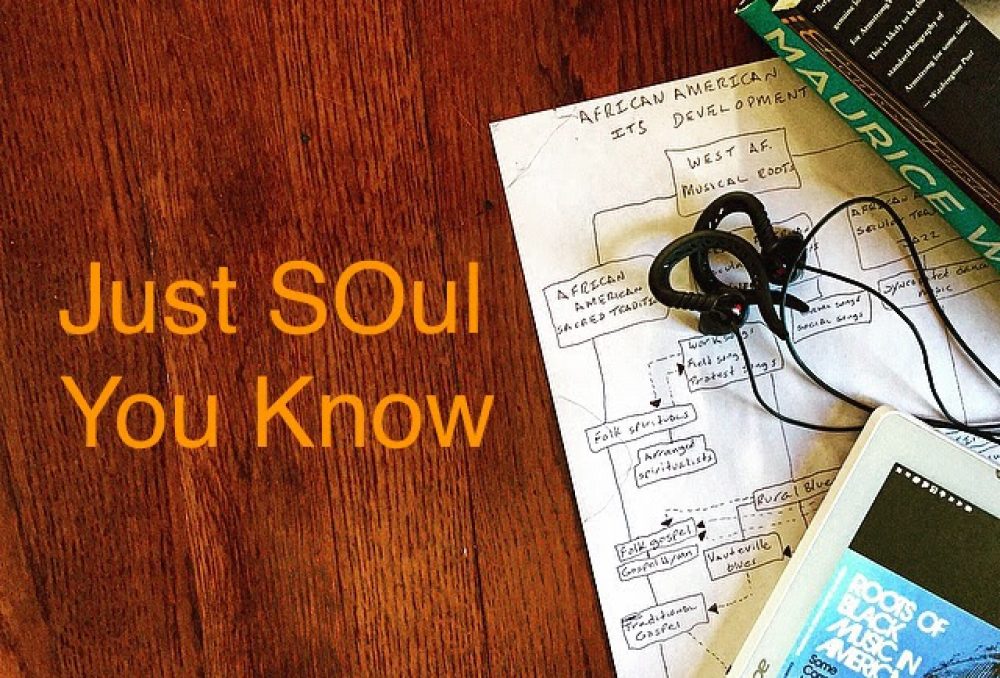 With its smooth and relaxed intro, Marvin Gaye’s 1971 hit “What’s Going On” was a departure from the glossy and neatly orchestrated Motown Sound his audience was so used too. Gaye had reached a point in his life where he felt the needed to sing about the ills of society, war, poverty, and racism rather than sing dreamy love songs. His decision to do so was well received in “What’s Going On.” Gaye self-produced his song combined elements of classical music and R&B to create a unique sonic backdrop for a powerful message addressing the problems of the early ‘70s.
With its smooth and relaxed intro, Marvin Gaye’s 1971 hit “What’s Going On” was a departure from the glossy and neatly orchestrated Motown Sound his audience was so used too. Gaye had reached a point in his life where he felt the needed to sing about the ills of society, war, poverty, and racism rather than sing dreamy love songs. His decision to do so was well received in “What’s Going On.” Gaye self-produced his song combined elements of classical music and R&B to create a unique sonic backdrop for a powerful message addressing the problems of the early ‘70s.
Sit back and take a listen to the masterful recording “What’s Going On” by Marvin Gaye!
AAMAM is always smooth!









